Environmental and health risks of 3G Astroturf installation
Forest Hill School has proposed the installation of a 3G (third generation) astroturf pitch.
The installation and maintenance of 3G astroturf can lead to various environmental and health risks, including contamination of water sources, soil, and the atmosphere, as well as potential health risks to athletes. These issues, combined with the challenge of disposing of synthetic materials at the end of their life, make artificial turf a controversial choice, particularly in areas concerned with environmental sustainability. So much so that these surfaces have faced calls for a complete ban.
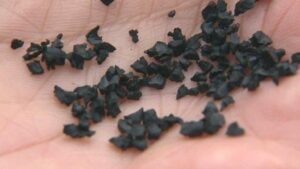


Lewis Maguire cancer death prompts 3G pitch review call
The family of a promising young goalkeeper have renewed calls for a ban on artificial sports pitches following an inquest into his death.
Lewis Maguire, 20, from Darlington, had Hodgkin lymphoma and died in March.
His father Nigel claimed his son could have contracted the disease after being exposed to “crumb rubber” found on so-called 3G pitches.

Report calls for ban on artificial 3G sports pitches in Scotland
A new report has called for artificial 3G sports pitches to be banned in Scotland due to potentially cancerous chemicals contained within them.
The study by Stirling University stated that crumb rubber infill on pitches across the country should be replaced with alternative material…
…The rubber used in 3G pitches is often from used car tyres, which can contain chemicals such as lead and mercury that are possibly carcinogenic.
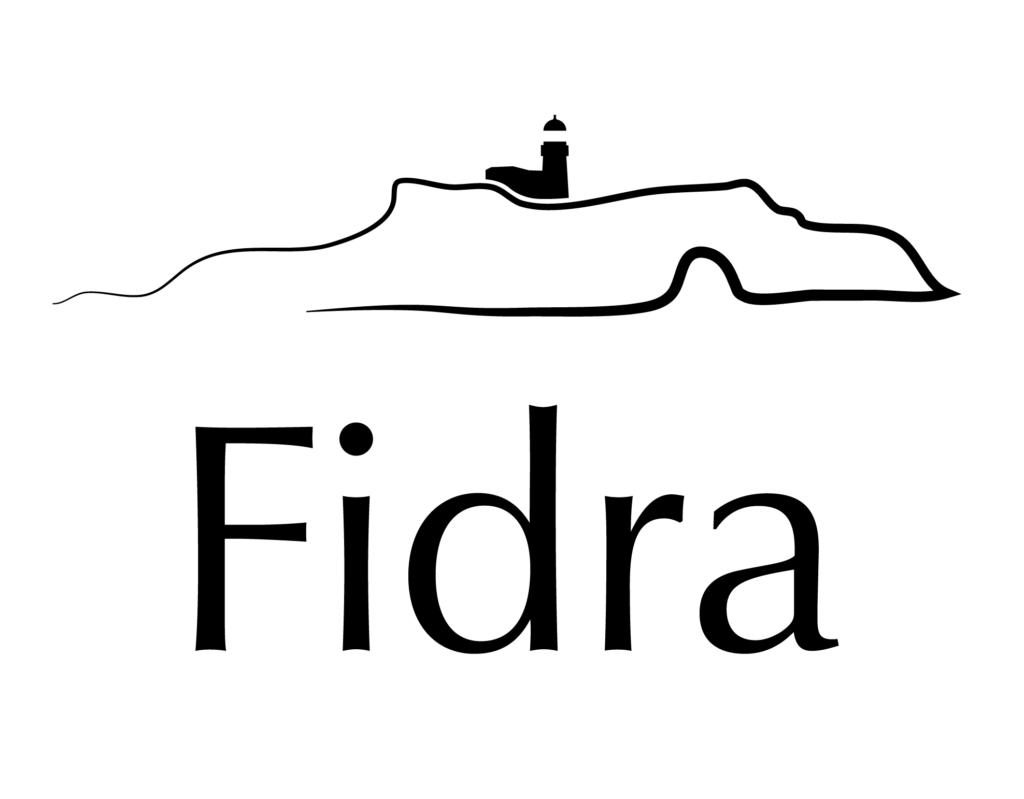
Plastic pitches – the problem
Did you know that 3G artificial pitches can release microplastic to the environment? And what happens to the old pitch when it needs to be replaced?
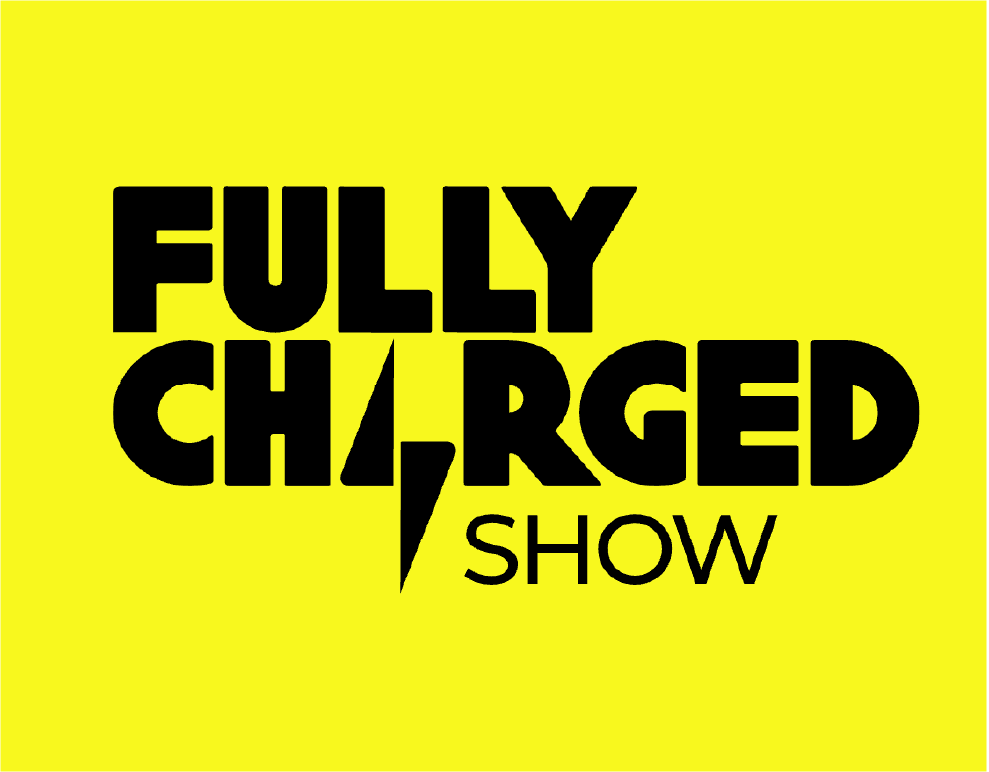
3G Pitches: Is the UK sleepwalking into a public health crisis?
Yale University has identified 306 chemicals in rubber crumb, 197 are carcinogenic or suspected carcinogenic. Some are also mutagenic and endocrine disruptive.
Do you really want your kids playing on this or being near it?
Here are some of the key concerns about 3G astroturf pitches
- Hazardous materials
- Toxic chemicals in infill
3G astroturf uses crumb rubber as the infill material. This can contain harmful substances such as heavy metals (like lead, cadmium) and other chemicals linked to cancer, hormone disruption, and neurological issues. These chemicals can leach into the surrounding environment over time, especially after rainfall or when the turf gets wet, contaminating nearby soil and water sources. - Microplastics
The plastic fibers that make up the turf surface can also break down into microplastics, which are harmful to both aquatic and terrestrial ecosystems.
- Toxic chemicals in infill
- Health risks to pupils and players
There have been concerns about athletes being exposed to potentially harmful substances when playing on synthetic turf fields. For instance, children and athletes could inhale or absorb toxic chemicals from the turf, especially as the surface breaks down with use. - End-of-life disposal issues
The materials used in 3G astroturf are non-biodegradable. When the turf reaches the end of its useful life (typically after 8-10 years), it becomes a huge waste disposal issue. Large amounts of synthetic material can end up in landfills, contributing to the growing problem of plastic waste. - Heat island effect
Artificial turf pitches tends to absorb and retain heat more than natural grass, which can result in urban heat islands, where temperatures around them are significantly higher than in surrounding areas. In a warming world, this is not a desirable side-effect.
Sport England statement on 3G Astroturf

It’s critical that our sports facilities are flexible and resilient to reflect the real everyday requirements of users and meet societal changes.
However, concerns have been raised about the environmental impact of these pitches. These have mostly related to microplastics in the form of rubber infill getting into the ecosystem and the need for greater focus on the end-of-life recycling of pitches. We understand these concerns and are taking them very seriously.
In September 2023 the European Commission completed the adoption of the EU REACH (Registration, Evaluation, Authorisation and Restriction of Chemicals) restriction on the sale of intentionally added microplastics onto the European market, which includes rubber infill for 3G AGPs.
The Commission has confirmed an eight-year transition period before the new restriction becomes effective and from October 2031, you’ll no longer be able to purchase rubber crumb within the EU.
Sport England
Further reading
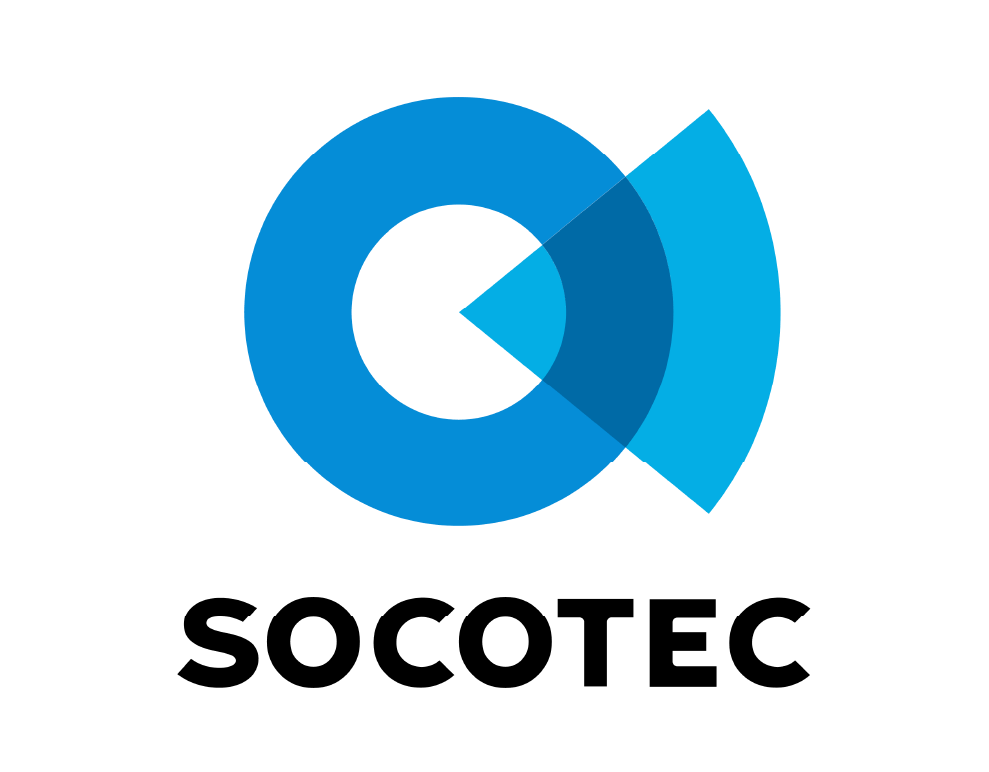
What Do 3G Pitches Really Contain?
The rubber crumb infill on 3G pitches is commonly made from recycled car tyres and people are voicing their concerns over the toxins which it contains. Questions have been raised over the potential negative health effects of human exposure to the material resulting in calls for further research to be carried out.
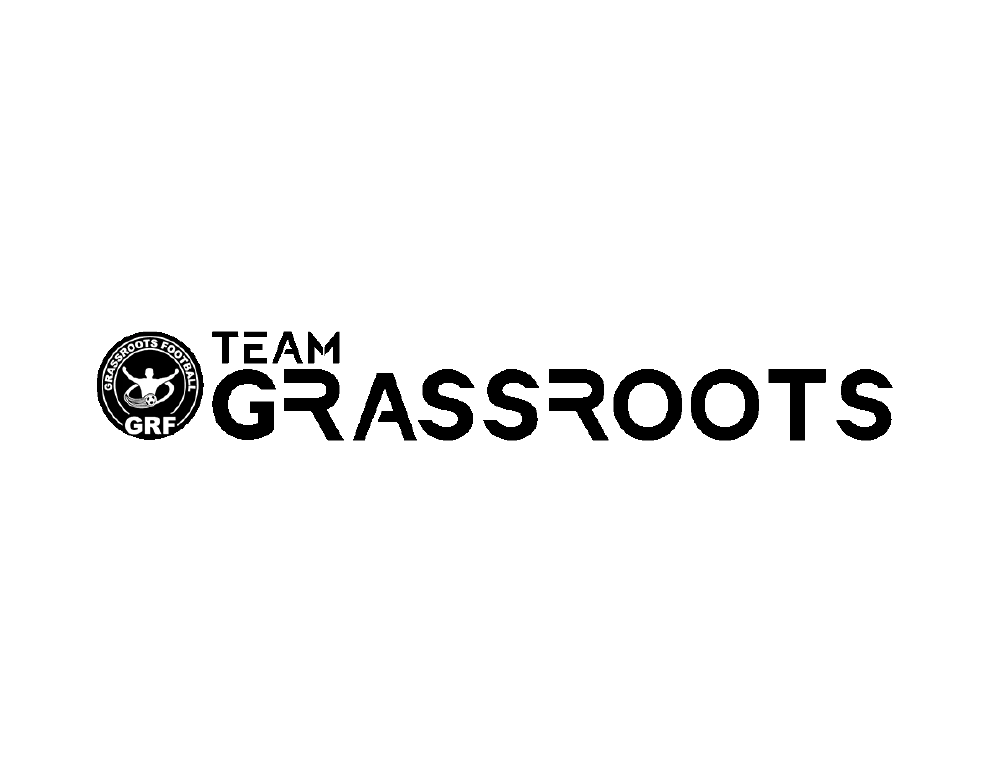
3G pitches in Holland ripped up after Cancer link safety fears
In Holland, the minister for health, Edith Schippers, ordered a study of rubber crumb, and its potential threat, after the Zembla documentary discovered that the 2006 study by the Dutch public health institute RIVM was grossly inadequate.
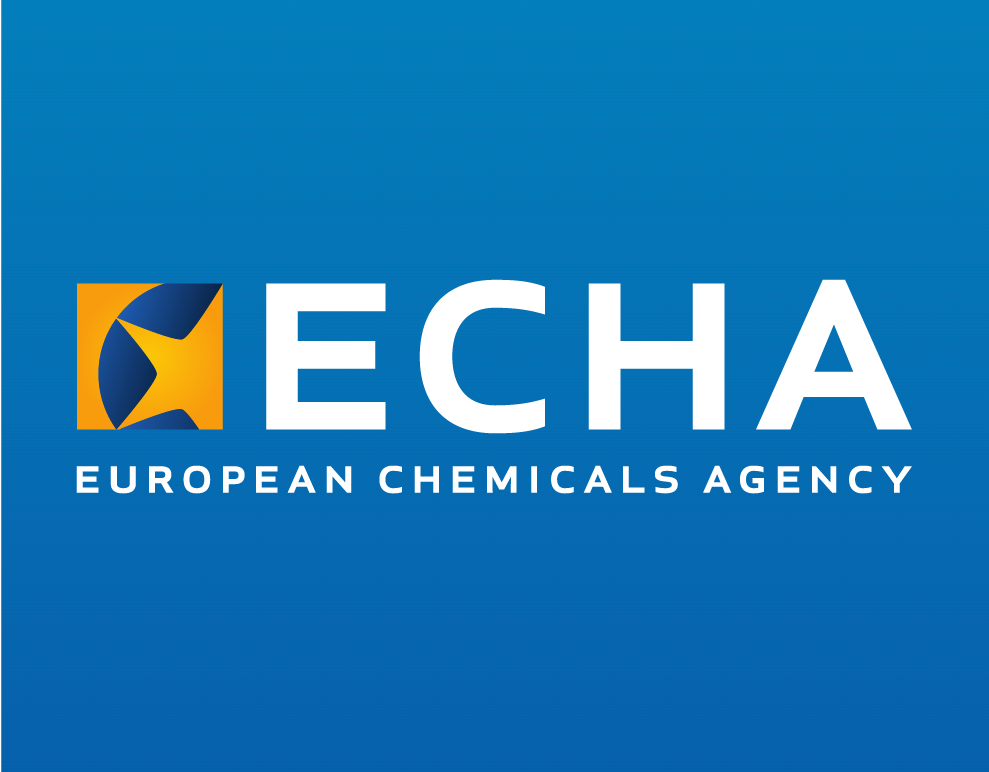
Granules and mulches on sports pitches and playgrounds
The granules and mulches may contain potentially harmful chemicals including polycyclic aromatic hydrocarbons (PAHs), metals and phthalates. They may also release volatile and semi-volatile organic hydrocarbons (VOCs and SVOCs). The granules also contribute to microplastic pollution as they can be spread to the environment from the pitches, for example, through rainwater or players’ footwear and clothing.
The EU is taking action to improve the environmental footprint of the pitches and to protect its citizens from hazardous chemicals found in the infill material.